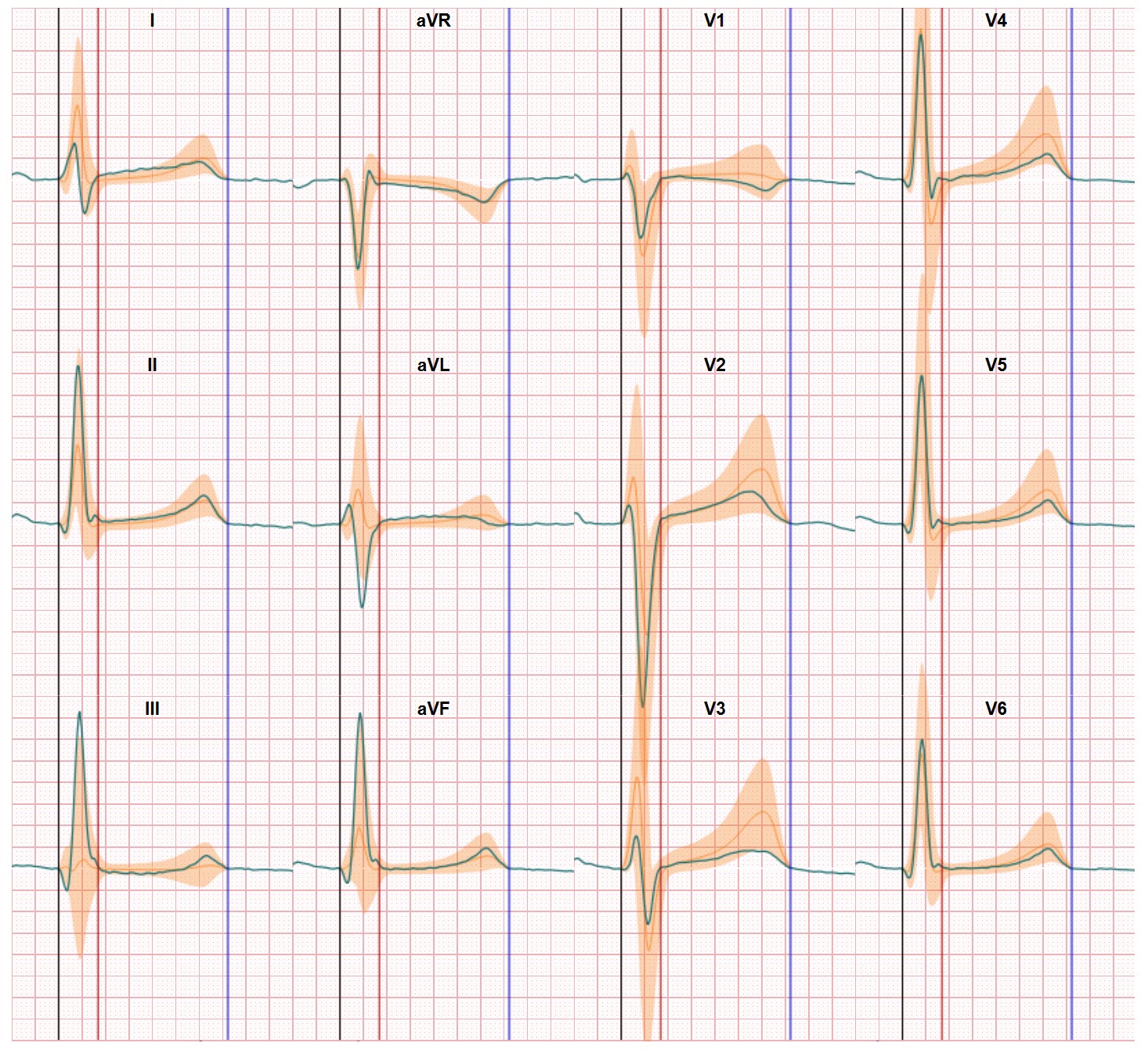Every fall experts start predicting the next year digital health trends. This year this tradition is continued. For instance by Erika Tyburski in her contribution to Forbes Business Council.
Since our product CineECG is part of the rising digital health portfolio we have compared her predictions with our understanding of the continuous changes in digital health.
Trend 1: @home testing
The first trend mentioned had already started to emerge before the COVID pandemic but has gained speed since healthcare was confronted with the Corona virus impact early 2020. This first trend is the rise of @home testing products and platforms. And this goes beyond COVID19 tests but also includes telehealth platforms which support remote interaction between patients and healthcare professionals. A great example is the Dutch Healthcare Box which was used by Leiden University Hospital to support @home measurement by cardiovascular patients. This box contained a scale, a blood pressure meter and a saturation measurement device and all devices could be connected to a smart device.
Alas a this remote type of measurement is not yet capable of recording accurate 12-lead ECG, but for heart rhythm and heart rate monitoring the trend is supported by capable technologies.
Trend 2: payers behaviour changes
A second trend visible in the USA is the changing attitude of health insurance companies to pay for these remote and @home solutions. From an European perspective this trend is hardly visible. Although the trend has started it’s growth rate is low. The complex system of national and regional health insurance set ups or national health services appears to limit the roll out of this trend.
A complication is probably the uncertainty regarding CE-MDR certification for software which delivers clinical value. The new MDR is rather limitative for software and notified bodies are learning how to handle the new rules but jurisdiction is missing.
Trend 3: preventive medicine
A third trend is the rise of preventive medicine. But this is mostly happening outside the scope of the formal healthcare system to be honest. Healthcare insurance companies are still focusing on treatment costs which means you have to be ill before you can get support from their funds. We see some initiatives to support the use of training classes or use coaches to get rid of bad habbits. But most preventative solutions are based on using digital measurement systems and data collection and data analysis on the gadget level. True clinical supported preventive actions such as periodical screening on certain parameters is not supported yet. We do notice major state sponsored initiatives to screen certain high risk categories on breast cancer or other forms of cancer but for the average citizen preventive health actions are still within their own domain. From our own perspective we do hope this preventative medicine trend is gaining speed since our diagnostic solutions deliver value when they can be used in periodical screening since ECG waveform comparison will deliver healthcare benefits through early stage detection of emerging tissue conduction changes.
Trend 4: the rise of smart devices
Finally, the fourth trend is a very interesting one since this one is about the growing use of mobile technologies (smart devices, wearables, 5G connections, mobile imaging etc) in healthcare. This is a trend for which the possibilities are enormous and hardly addressed. In our company we have also embarked on identifying the options combining the strength of mobile computing can bring to cardiovascular diagnostics. A great example is the excellent technology from Powerful Medical. This company has developed software which digitizes a paper printed 12-lead ECG by just making an picture with your mobile phone. And after the digitization the algorithms can support physicians in heart rate and heart rhythm analysis. ECG waveform analysis is a next challenge for this type of digitization and subsequential analysis. And solving this puzzle is part of our daily activities.
There are more trends to be discussed and in future blogs we will elaborate further.






